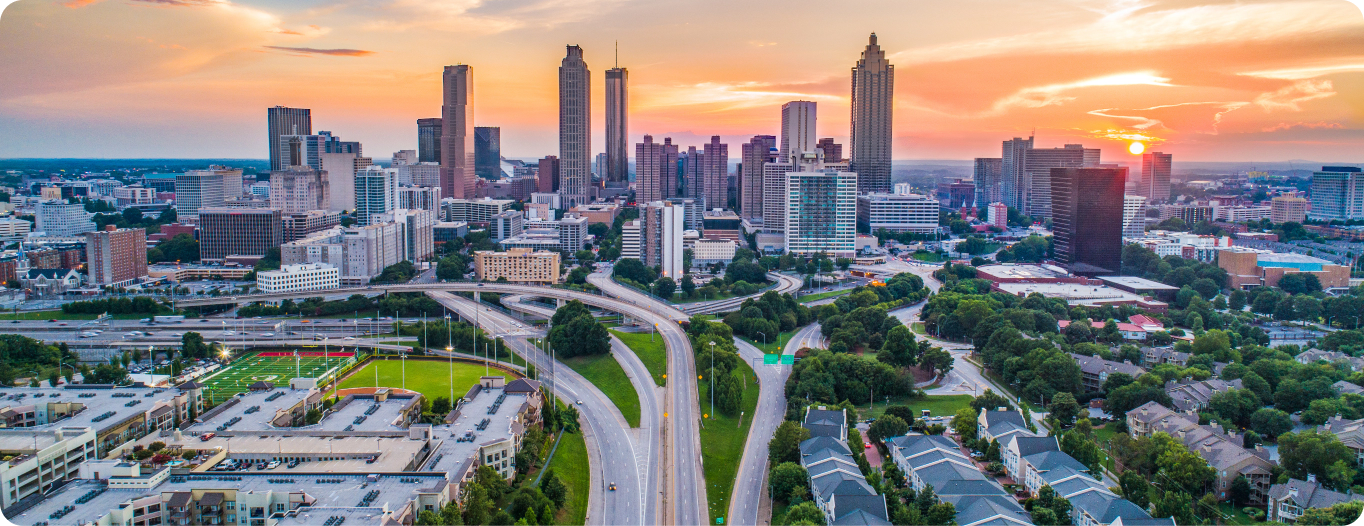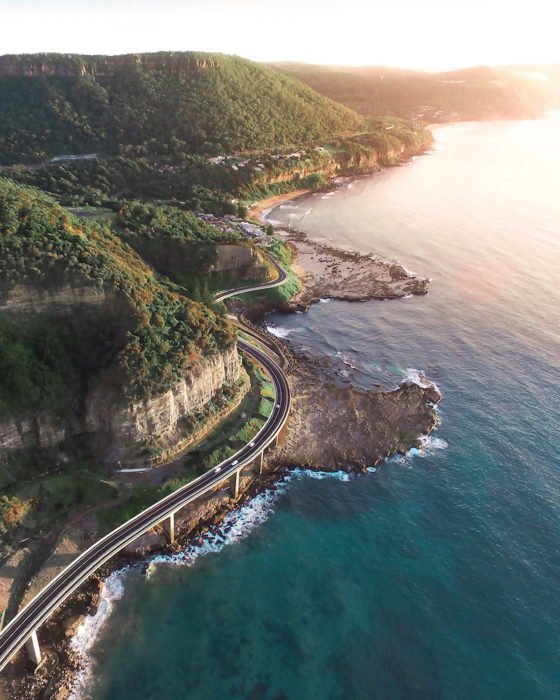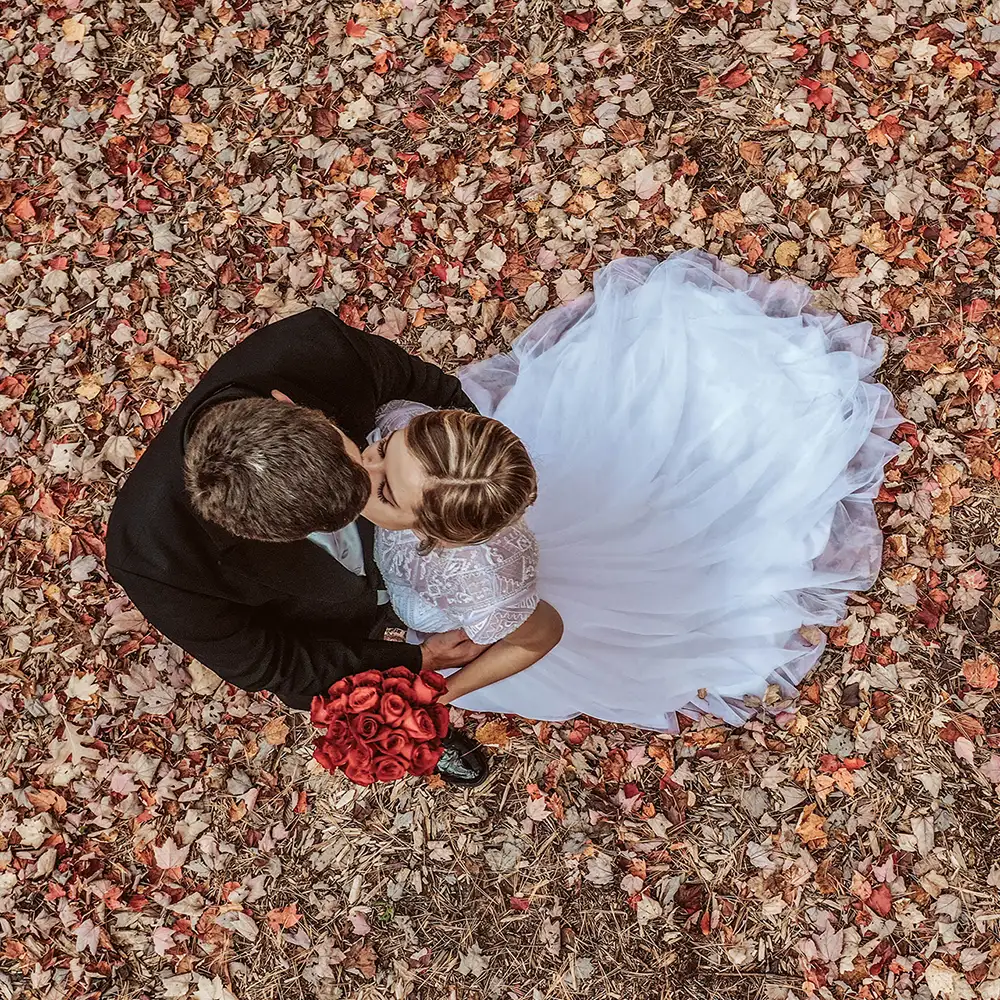Transform Your Viewpoint: The Art and Scientific Research Behind Drone Photography
Drone photography stands for a considerable junction of artistic vision and technical development, making it possible for designers to capture viewpoints previously unattainable. Understanding the technicians of drone technology, from devices choices to make-up methods, is important for accomplishing compelling images. Furthermore, factors to consider such as illumination and environmental problems can profoundly affect the last outcome. As photographers fine-tune their abilities in both aerial method and post-processing, they open a richer narrative capacity. Yet, what absolutely differentiates effective drone digital photography from mere aerial pictures? Exploring this inquiry exposes much deeper understandings right into the craft and its evolving landscape.
Comprehending Drone Innovation
Comprehending drone technology is essential for anyone interested in using its capacities for photography. Drones, or unmanned airborne automobiles (UAVs), depend on a combination of hardware and software application to achieve trip and capture imagery. At their core, these devices are geared up with sensing units, electronic cameras, and navigation systems that permit them to fly autonomously or be managed remotely.
The main parts of drone innovation include the trip controller, which acts as the mind of the drone, processing information from various sensing units to make sure secure trip. Additionally, general practitioner modern technology plays a crucial role in navigation, allowing drones to follow pre-defined trip courses and preserve their placement even in tough problems.

Furthermore, recognizing the regulatory landscape surrounding drone usage is crucial, as it regulates where and exactly how drones can be run, ensuring safety and conformity. Knowledge with these elements of drone modern technology equips digital photographers to maximize their creative possibility while sticking to lawful guidelines.
Crucial Devices for Drone Digital Photography
Choosing the best equipment is critical for accomplishing remarkable results in drone photography. At the heart of this configuration is the drone itself, which should be selected based upon flight stability, video camera top quality, and ease of use. Popular models usually feature built-in high-definition cameras that record spectacular airborne pictures.
In addition to the drone, investing in a premium electronic camera is vital. Numerous drones come outfitted with cameras with the ability of shooting in 4K resolution, however, for professional-grade results, think about a drone that permits for interchangeable video cameras or supports larger sensing units. This versatility can dramatically boost photo quality.
Stablizing is one more vital element. A three-axis gimbal is recommended for smooth video footage, minimizing vibrations that can diminish image clarity. Extra batteries and a trustworthy battery charger make sure prolonged flight time, enabling for more comprehensive shoots (real estate drone photographer).
Mastering Composition Strategies
Grasping composition methods is essential to elevating your drone digital photography from ordinary to amazing. A well-composed photo catches the audience's focus and communicates an effective story.
One of the essential concepts to think about is the policy of thirds, which involves dividing your structure into a grid of nine equal components. Positioning crucial elements along these lines or at their junctions develops aesthetic rate of interest and balance. Additionally, leading lines can lead the audience's eye through the photograph, attracting attention to the subject and adding deepness.
Another effective method is mounting, where natural environments such as structures or trees enclose the subject, view publisher site boosting the focal factor. This technique not only offers context but likewise develops a feeling of intimacy within the scene.

Last but not least, constantly bear in mind the perspective line. An uneven horizon can sidetrack and take away from an or else captivating image. By mastering these composition strategies, you can dramatically boost the impact of your drone digital photography.
Illumination and Weather Condition Considerations
In drone photography, the interplay of lights and climate can considerably influence the high quality and mood of your images. Optimum illumination conditions are important; the golden hours-- quickly after daybreak and before sundown-- supply soft, diffused light that improves shades and reduces harsh darkness. During these times, the landscape shows up much more vibrant and vibrant, enabling impressive aerial shots.
Alternatively, overcast skies can generate a flat, muted scheme, yet they can also supply even lighting that lowers contrast and highlights information in the atmosphere. This can be advantageous for catching textures in city settings or complex patterns in nature.
Weather, such as fog, snow, or rain, can also include special components to your photography. Fog can develop a feeling of mystery, while rain can improve shades and fill the landscape. Nevertheless, it is important to consider the safety of your drone; flying in negative weather can lead to devices damages or loss of control.
Ultimately, comprehending exactly how illumination and weather condition influence your aerial shots allows you to choose the optimal conditions for your drone digital photography, guaranteeing visually striking and compelling photos.
Post-Processing Tips and Tricks
After capturing spectacular aerial pictures, the following step involves refining those shots through post-processing. This essential phase improves the visual impact of your pictures, permitting you to highlight the one-of-a-kind perspectives that drones provide.
Beginning with software program tools like Adobe Lightroom or Photoshop, which use durable modifying capabilities. Begin by dealing with direct exposure and white equilibrium to make sure that your colors appear real to life. Utilize histogram checks to attain optimal illumination levels, preventing too much exposure or loss of detail in darkness.
Next, boost contrast to add deepness to your images. Readjusting clearness can hone important information without presenting noise, which is especially helpful in airborne shots where appearance plays a considerable function. Don't avoid chopping; this This Site can assist focus the viewer's interest on the major subject.
Shade grading is another effective device. Try out saturation and vibrance to make the landscape pop, yet use these changes carefully to preserve a natural appearance. Ultimately, think about using a mild vignette to assist the viewer's eye toward the facility of the image. By mastering these post-processing methods, you can raise your drone photography to brand-new heights.
Final Thought

What absolutely differentiates effective drone photography from plain aerial photos? Numerous drones come furnished with electronic cameras qualified of shooting in 4K resolution, however for professional-grade results, think about a drone that allows for interchangeable cameras or supports bigger sensors. By grasping these structure methods, you can considerably enhance the impact of your drone photography.
In drone digital photography, the interplay of lighting and weather condition can drastically affect the high quality and state of mind of your images (aerial photographer spokane). By grasping these post-processing methods, you can boost your drone photography to brand-new elevations